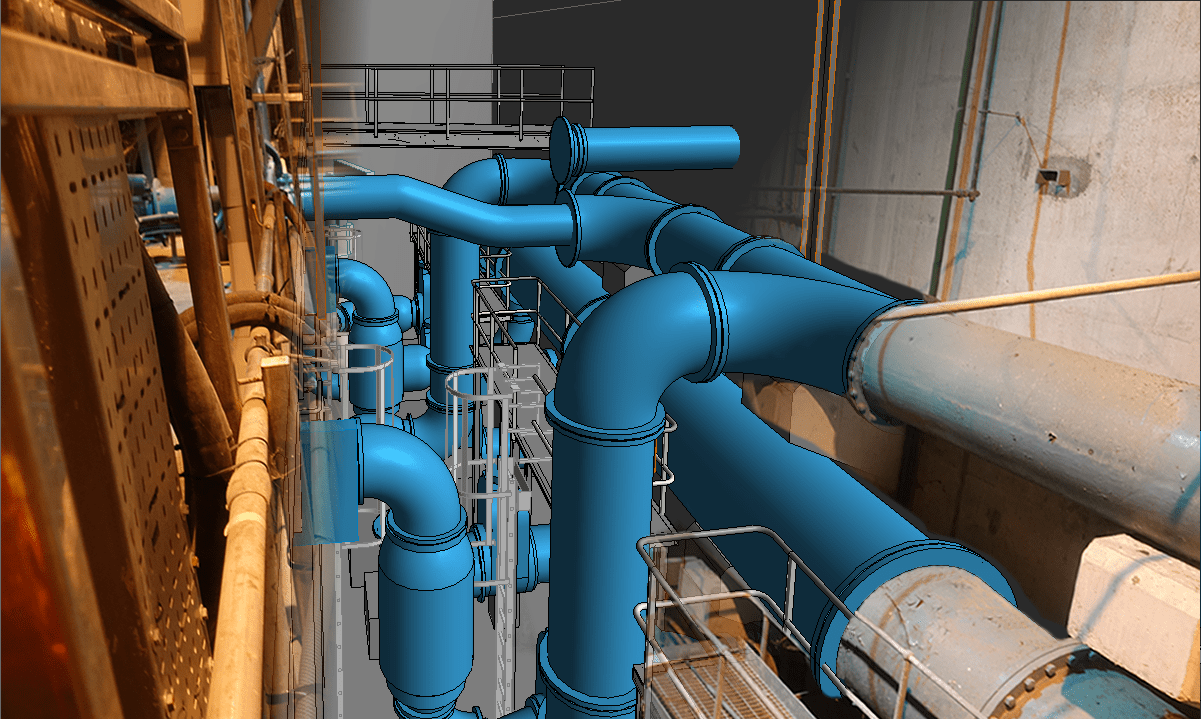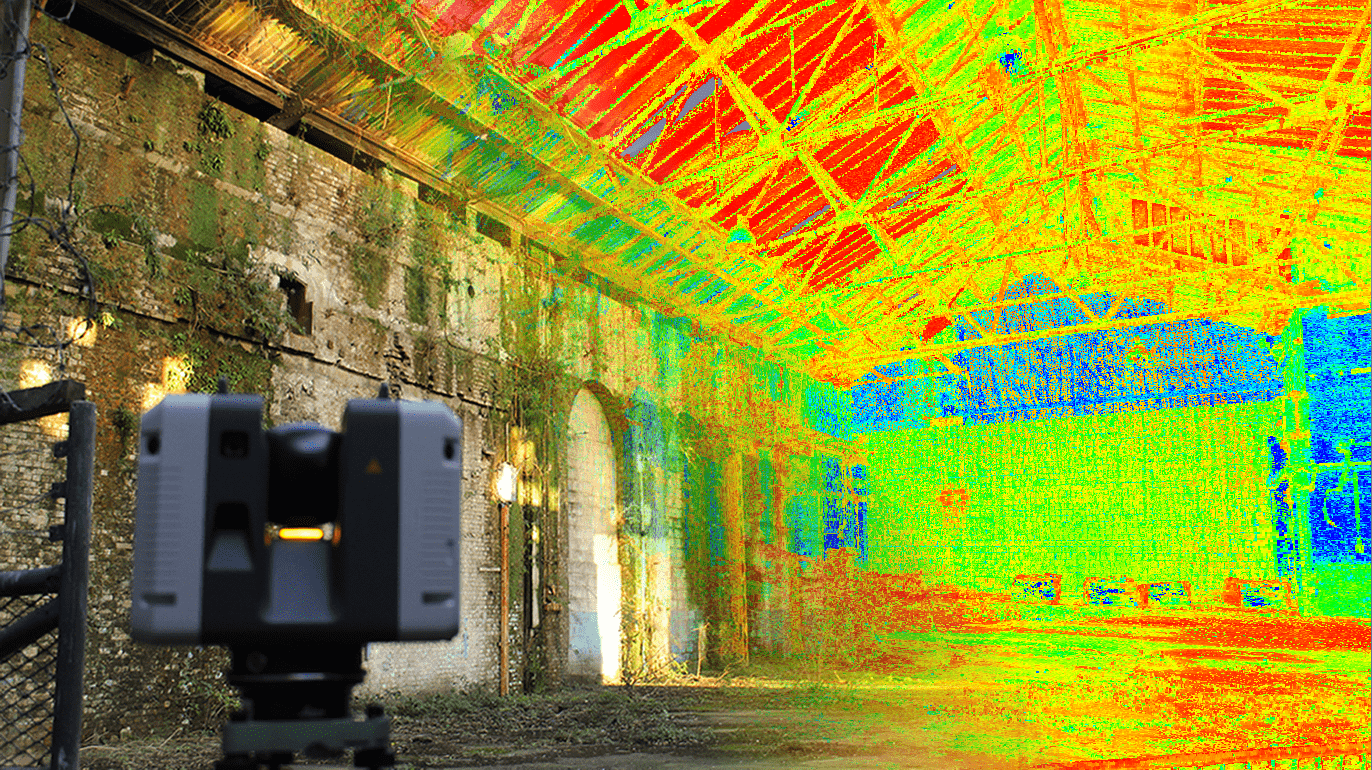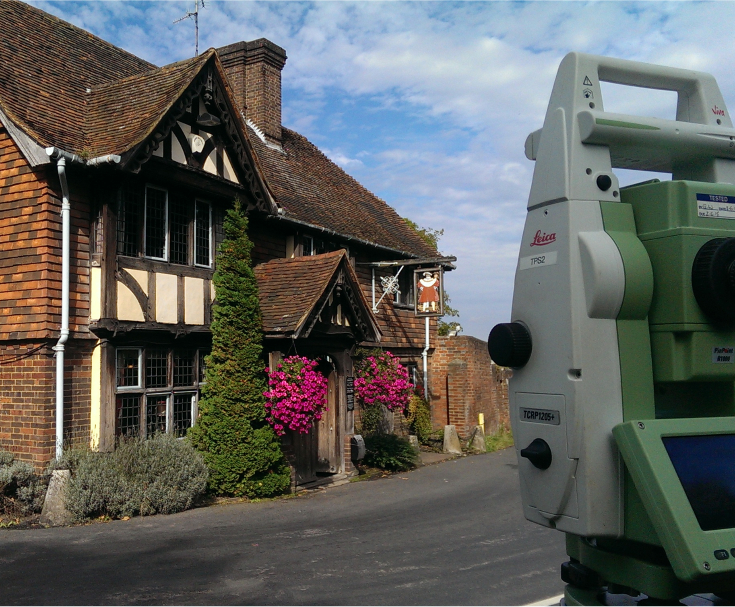
BIM stands for Building Information Modeling, and it is a process that involves creating and managing digital representations of physical and functional characteristics of a building or infrastructure project. While BIM is commonly associated with the architecture, engineering, and construction (AEC) industry, it can also be applied to the land survey industry to enhance surveying and mapping processes.
In the land survey industry, BIM can be used to integrate survey data into a comprehensive 3D model, providing accurate and detailed information about the land and its features. Here's how BIM can be applied in land surveying:
- Data Integration: BIM allows surveyors to combine different types of data sources, including traditional survey measurements, aerial LiDAR (Light Detection and Ranging) data, satellite imagery, and ground-penetrating radar (GPR) scans. This integration creates a more complete and precise representation of the land.
- 3D Visualization: BIM software enables surveyors to visualize and interact with the land survey data in a three-dimensional environment. This visual representation helps stakeholders, including engineers, architects, and clients, to better understand the land's topography, features, and potential challenges.
- Clash Detection: BIM can assist in identifying clashes or conflicts between proposed designs and existing land features. By overlaying the survey data onto the BIM model, surveyors can detect any discrepancies or clashes, such as building encroachments or utility conflicts, before construction begins. This allows for proactive problem-solving and reduces costly errors.
- Quantities and Measurements: BIM can facilitate accurate quantity takeoffs and measurements. By integrating survey data into the BIM model, surveyors can extract precise measurements for volume calculations, cut and fill analysis, and determining areas for site planning or earthwork activities.
- Data Management and Collaboration: BIM provides a centralized platform for storing, managing, and sharing survey data. This streamlines communication and collaboration among surveyors, engineers, architects, and other project stakeholders, ensuring everyone has access to the latest information and reducing the chances of miscommunication.
By incorporating BIM into the land survey industry, surveyors can benefit from improved accuracy, enhanced visualization, streamlined workflows, and better collaboration with other professionals involved in the design and construction process.



